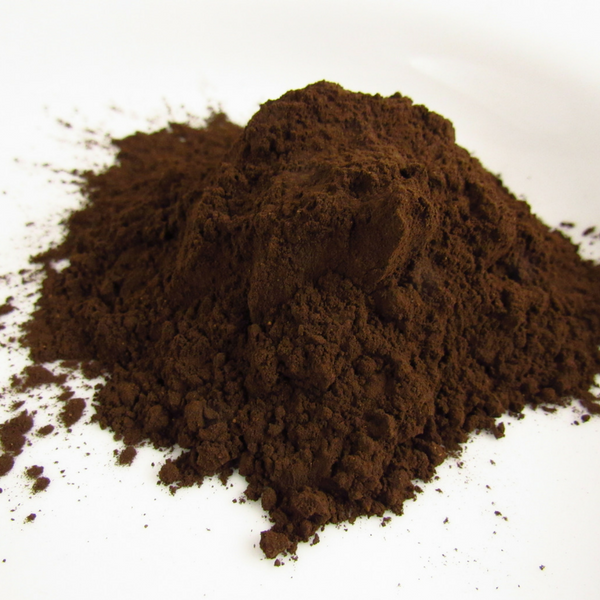
This week: Too many topics to list, just read!
Every week, we are emailed with questions from our natural dye community asking simple and complex questions that we thought might be worth sharing. Of course, all of your burning questions are answered by natural dyer in chief, Kathy Hattori, Founder of Botanical Colors.
How do you use your hide glue? On your site it says it is used as a protective coating for protein fibers.
Hide glue is soaked in cold water first to hydrate the grains, then dissolved with hot water. It is used at a very low percentage to help protect fine wools from the harshness of an indigo vat. Some dyers also use it to maintain a soft hand on fine wools with tannin dye as well. Please note that this is not a vegetarian product.
I am planning on mordanting hemp/organic cotton blend fabric in tannin before alum. I bought your tannin extract. What is a general good rule of thumb for fabric weight to extract amount when creating a mordant bath and generally how much water should I use?
When using a light tannin such as gallo-tannin, tara powder, myrobalan, the rule of thumb is to use about 10% wof. You can re-use the bath and can re-charge it by adding 5% more tannin to the bath for another round of tannin immersion. Immerse the fabric in the tannin bath for 1 hour at room temperature or warm water, then remove the fabric and proceed to mordanting. Do not rinse.
The other rule of thumb is to use 1:20 water, meaning for every gram of fabric, 20 grams (ml) of water. Of course, you can use less than that to conserve water but you want your fibers to move freely in the solution, or the mordant application can be uneven.
I’m looking for a product to use natural dyes for warp that’s wound on a loom (unrolled onto a table) to print with wood blocks and fill in stencil. Also, what would be a good product to paint with natural dyes right onto the warp.
Any of our powdered or liquid extracts are suitable for warp painting. You can use the powdered dyes dissolved in a small amount of very hot water and optionally thicken the dye liquid with printing paste. If you do use the printing paste, try to keep the warp ends separated to avoid gluing a section together with the paste. I’ve had good luck by winding a warp in various width warp sections and painting each section, unthickened, with powdered dye extracts dissolved in hot water.
Can you please give me extra notes on using your Marigold Extract with cotton? Do I need to mordant or not? I’m using it in combination with a 1-2-3 indigo vat to get shades of yellow, green, and blue.
Yes, definitely mordant when using Marigold Mix. It requires some method of fixing. For best results, use tannin first, then an alum mordant. This increases lightfastness for most dyes, especially with cotton and other cellulose fibers.
Is soda ash the same as washing soda? In other words can I substitute washing soda for use in scouring linen? And do I use the same amount? I want to dye with walnut hull powder.
Typically, any washing soda brand that says it is 100% sodium carbonate is soda ash, and can be used to scour cellulose fibers. Use the same amount as called for in the recipe.
